Recent UK-China Talks are a Boost to Tourism and Aviation Ties, but the UK is Still Playing Catch-Up12/24/2017
The past two weeks have been very good for UK-China relations, economically, politically and tourism wise as well. There has been much talking and dialogue been done over the years but not much execution of any concrete actions when it comes to increasing tourism and economic ties between the two nations. So, it was particularly nice to see a number of trade agreements being made when Chinese Premier Li Keqiang met with the British Chancellor of the Exchequer Philip Hammond, carrying on their pledge to strengthen political trust and cooperate in a number of key areas, such as trade and investment.
“This year marks the 45th anniversary of the establishment of diplomatic relations at the ambassadorial level between China and Britain,” Premier Li said, noting that bilateral ties would develop on the basis of mutual respect and equality. He said Britain was a highly open economy, and China would advance its opening up. In particular this followed on from earlier in the week when the United Kingdom and China agreed to increase their weekly flight quotas with a 50% increase in the limit of weekly flights between the countries. The current bilateral agreement from 2016 sets the limit at 100 flights per week, while under the terms of the new deal the limit will be raised to 150. According to the timetables I have seen on OAG Aviation, there are currently 59 weekly non-stop flights between China and the UK. FlightGlobal schedules data shows that Air China accounts for the highest seat capacity between the UK and China (30.2%), followed by British Airways (20.6%) and China Southern Airlines (12.5%). China Eastern Airlines are also leading when it comes to the total traffic between Europe and China with 130 flights per week and a strong 24.3% market share by capacity, although those numbers also include non-EU countries. There are also non-stop flights to second-tier cities including Tianjin, Qingdao and Chongqing. Those in the aviation industry would have been waiting for this moment for years, and even though it is not too late for the UK to start operating more flights to mainland China, I do feel that the UK is playing catch-up with the rest of the EU and the world for that matter when it comes to competing for landing slots in destinations in the UK-China space. If you look at some of the second-tier Chinese cities, they already have well-established non-stop routes to some European and Middle Eastern cities with other major carriers. Air China, China Southern Airlines and Lufthansa are the biggest players on the Europe-China sector and this is reflected in the Star Alliance controlling almost half of the seats on these routes and Sky Team’s Air France and KLM both have strong positions in Amsterdam and Paris respectively. You can get non-stop flights to Amsterdam with KLM from Hangzhou and Xiamen and from Wuhan and Guangzhou to Paris with Air France. Turkish Airlines, voted by Skytrax World Airline Awards “Europe’s Best Airline” award for six consecutive years until 2016, and the “Southern Europe’s Best Airline” award for the ninth time in as many years, flies to all the major Chinese cities from Istanbul. We also have the three Middle Eastern giants - Emirates, Emirates and Qatar Airways - operating numerous non-stop schedules to all the major Chinese cities for a number of years already and even to some destinations in China that most British and European people may have never heard of, such as Yinchuan and Zhengzhou which Emirates flies to. By contrast, British Airways and Virgin Atlantic find themselves in the most competitive Europe-China market and without a Chinese partner at the moment. Why doesn’t British Airways fly to Guangzhou or Chongqing or even Hangzhou? Hopefully, with the open skies agreement, things will change (but don’t hold your breath!). China has the world’s second largest passenger aviation market with enormous growth potential in spite of some regulatory brakes. Both the domestic and international flight sectors present huge opportunities. If you take a typical short three-hour domestic flight from Guangzhou to Beijing for example, you may end up sitting in a Boeing 777 or an Airbus A380 with a full three-class cabin configuration and all flights are usually full. If you go to even some of the airports in the second-tier cities in China, such as Xi’an or Hangzhou, they make London’s Heathrow Airport look like a tiny regional airport. The key question here is why is it that some European countries are under-served to China by their home carriers, in particular Spain, Italy and the UK? It is not an easy market to serve and yields remain low, but it is a must-do market. In 2013, British Airways excitingly opened the London Heathrow to Chengdu non-stop route, operating using a Boeing 777 aircraft with its nose painted as a panda’s face and traditional Chinese calligraphy on the fuselage. Much song and dance was made of the flight route, with even celebs endorsing the route. But less than three years later, the national flag carrier dropped the route because it is not commercially viable as there was not enough interest and flights were running below capacity. Even after having trimmed down the frequency and switched to a smaller, Boeing 787 plane, BA ended the service in January 2017. The airline has meanwhile increased its Shanghai frequency from six times weekly to daily and the airline, as well as other British airlines, look very under-represented in this large and fast-growing market. In spite of Finnair carving out a successful niche, Oneworld is an also-ran on Europe-China, with only a 10% share. But it is not just its current size that makes it attractive to foreign carriers, it is its potential. I also believe that tourism agencies in the UK need to do more to sell China as a good destination for visitors from the UK. While Chinese tourists to the UK are at a all-time high; however, even with a slew of iconic sights, Britain has still lagged behind other European destinations due in large part to unfavourable visa policies. However, the post-Brexit weakening of the pound has given the UK a major boost in mainland Chinese arrivals. Chinese tourists are some of the UK’s highest spenders, staying longer and travelling more than visitors from other countries. But the trend needs to go the other way around as well- except for Hong Kong, mainland China is not sold as a premium destination by British tour operators and airlines. From what I see, and I stand to correction from anyone, but the vast majority of the people who travel to Hong Kong and mainland China from the UK are students going back home for holidays, the Chinese Diaspora returning back to their ancestral homeland or business people. Hong Kong has traditionally been sold by British tour operators because it of its lure of being a great stop-over city for those going to Australia and New Zealand and for being a business hub. I am surprised that Hainan Airlines has not been selling Sanya, China’s version of Hawaii, as an exciting winter destination for Brits to visit. Even Thomas Cook Airline, which is known for taking people to exotic places, is losing out on this goldmine of a market. According to a recent figures released by VisitBritain, tourism spend by Chinese travellers is also up in a big way, stripping past the decreased value of the British pound. Compared to the first quarters of 2016, tourism spend was up over 54 percent in 2017. It’s worth noting that with the growth of Chinese travellers to Britain, the country still lags well behind other European destinations. Britain’s best year for Chinese travel, 2015, saw 270,000 Chinese arrivals. In contrast, France saw over 2 million Chinese tourists in 2015. Even a small country such as the Czech Republic surpasses Britain in terms of tourism numbers. 285,000 Chinese tourists travelled to the Czech Republic in 2015, and 355,000 visited in 2016. So, it would be interesting to see which routes will be operated on these open skies between China and the UK and I do hope that Britain becomes a leader and not carry on playing catch-up with the rest of the world in this thriving market. This article first appeared in the Huffington Post Blog and also on China Plus. Airline pilots are apparently trained not to spill drinks while in-flight. Interestingly, after our flight was delayed by nearly three hours (they like to avoid the insurance claims, so the delays are always just below three hours!), these chaps were in such a rush to get me to my wedding in Yangzhou that we ended up spilling the drinks in-flight!
Jiuzhaiguo Airport...at 3,500M above sea level, it is the 3rd highest in China and with straight cliffs at each side of the runway ends. No night-time landings/take-offs. The airport is built on three mountains...and is relatively new (2008 if I'm correct). It's amazing how China sliced off the top of three mountains to make an airport...would never happen in the West (well..it would take years /decades to get planning permission!). Don't believe what the travel brochures say...in the past 10 months, I have only seen a blue sky on about 6 or 7 days! (it really is that bad...PM 2.5 levels go over the roof sometimes...).
I have had a few people asking me the question: How do pilots and ATC communicate over Chinese airspace? The answer is: In aviation English (which I will give an example of at the end of this blog article). It is nothing new that most pilots operating on Chinese airlines cannot (with all due respect), speak good enough English (or none whatsoever in some cases). It would be true that the current and the future generation of Chinese pilots that are trained in Australia or the U.S.A. can converse in English, but those who are trained in China may not be able to converse in English (especially veteran pilots). The same goes for airline and military pilots from Japan, Korea, Russia, and other countries where English may not be widely used even as a second language. Having spoken to a few airline pilots from various international airlines such as Turkish Airlines, Qatar Airways, British Airways, and Emirates, the problems come about when pilots whose first language is English are trying to work out what is going on when they listen to the Air Traffic Controllers (ATC) transmissions over the airwaves. It certainly does not help if the local ATC and local pilots are communicating in Chinese rather than the international aviation language (i.e. English). Captain Bill Johnson, who flies the Boeing 777-300ER says though the problem is a global one, it can be more problematic over Chinese airspace because of the seriousness of the language issues. 'When we are flying over Chinese airspace, more times than one we have to repeat everything to make sure that the Chinese ATC and other aircraft in the immediate airspace can understand what we are saying,' said Captain Johnson who has over 20 years flying experience. ‘The main difference between flying over China or Russia, and other parts of the world is that the measurements used by Chinese and Russian ATC and pilots are in meters. The metric altitudes translate into feet, and most airlines give pilots a conversion table. The metric altitudes translate into feet, and most airlines give pilots a conversion table,’ said Captain Johnson. Captain Syed Abdul Aziz A. Rahman who flies the Airbus A340, told me that the Chinese and Russians have devised their own meters to feet conversion tables, which can be problematic if you have never flown into Russia or China. "Basically they have assumed that 300 meters = 1000 feet. Airlines have to then change it to their own specific standard operating procedure. The First Officer (or the Pilot not flying is most cases) reads the metric equivalent in feet which is then inputted into the FMS and altitude window by the Captain (or the Pilot who is flying) who also checks the ECAM ( Electronic Centralized Aircraft Monitor) screen for agreement on both sides. The procedure, which takes around 5 minutes, finishes by both pilots agreeing visually and verbally," said Captain Rahman, a veteran with over 22 years flying experience. The checking procedure at the end is so important because otherwise pilots can have problems when flying over international airspace. I fondly recall sitting in the jumpseat of a China Southern Airlines Boeing 757 from Guangzhou to Sanya where the captain hardly spoke a single word of English. He spoke some aviation language such as 'Standby', 'Affirmative', 'OK, China Southern 6748 climb to flight level 350'. But to my surprise some of the most important instructions were in Chinese, such as 'Cleared for take-off', 'Cleared to land', 'V1.....V2...Rotate' were all in Chinese! His English, with all due respect, was so limited that instead of telling me to wait he shouted aviation terms 'standby....standby!'. On that particular occasion even the First Officer could not communicate in normal English. Captain Sheetal Rajan, a senior training Captain on the Boeing 747-400 with the Boeing company and CEO of 'Air Safety Equipment', says that even though the minimum required international standard for English is IACO Level 4 (which is equivalent to Level B1 of the Common European Framework of Reference for Languages (CEFR)), he is still surprised that some pilots in places such as China and Russia tend to have a lower level of English than the international required standard. ‘I suppose they may just rely on using aviation English,’ says Captain Rajan. Because of the amount of traffic in the skies and the quick turnaround time needed at airports for take-offs and landings, the vast majority of ATC around the world speak quickly (a crude example is the ATC at London Heathrow where a plane lands or take-offs EVERY 50 seconds or so!). In busy airspaces such as India and China it is no exception. Even a one minute delay in the aviation industry can end up costing hundreds of dollars, so ATC are always under pressure to make sure that planes get from A to B as safely and quickly as possible. With this in mind most of the ATCs whose first language is not English (i.e. Indians, Chinese, Thai, Russians etc.) tend to speak quickly to the pilots. However to eliminate confusion they have to repeat it twice over so that the pilots can understand what they are going on about. Unless, of course, there is not that much traffic around so then ATC can speak as clearly and slowly as possible (which is rare around busy airports such as Shanghai Pudong, Beijing etc.). The skies over China can get ridiculously busy, and with the aviation industry seeing a fast growth in the country, it would only be time when Chinese pilots will need to start speaking fluent English. Examples of aviation language: Standby = please wait Retard = Its an autothrottle callout during flare to retard the thrust levers (normally you hear the FMS say this 3 times….’Retard, retard, retard’) Affirmative = OK,I understand Flight Level 350 = 35,000 feet (similarly Flight Level 360 = 36,000 feet and so on) Cleared for take-off/Cleared to land (easy to understand!) Climb Up/Descend (easy to understand!) Turn right heading 180 degrees/Turn left heading 180 degrees etc. Speed back to 170knots (or 180 knots etc.) The alphabet from A-Z is standard as with the police/fire/ambulance services (A= Alpha, B = Bravo, C= Charlie, D= Delta, E= Echo, F= Foxtrot, G= Golf, H= Hotel, I= India, J= Juliet, K= Kilo, L= Lima, M= Mike, N= November, O= Oscar, P= Papa, Q= Quebec, R= Romeo, S=Sierra, T=Tango, U=Uniform, V=Victor, W=Whiskey, X=X-ray, Y= Yankee, Z=Zulu !!) Finally, I have had a chance to update my blog. I have been in China for the past few weeks, and due to local firewall restrictions, I have been unable to get access to my personal blog- among other websites. After the World Travel Market (WTM) event in London, I was invited to Kunming (the Capital of Yunnan Province) by the China National Tourist office (CNTO) to visit the China International Travel Mart (CITM). The CITM is China’s domestic equivalent of the WTM, where, rather than focusing on the world’s countries, the event is a showcase for the various provinces in China, as well as some of the surrounding countries (such as Mongolia, Indonesia, Singapore and Taiwan) who want to buy from or sell to Chinese Tourist agencies. The annual CITM event is held in either Shanghai or Kunming. The emphasis is to promote China and its travel industry to the world. After the 10 hour non-stop flight from Heathrow, we arrived in Beijing at around 11am (local time), still quite disoriented- I suppose it was more the effects of jet-lag which seemed to descend fatigue on everyone rather than the long journey, which seemed comfortable enough on Air China. Every time I visit Beijing Airport’s Terminal 3, which is still relatively new having been opened in 2008 prior to the Olympics, I am just overwhelmed by this magnificent piece of architecture, its like entering a whole new world. The ridiculously huge building alone dwarfs most airports around the world. Ironically the place is not that busy, even during peak hours. Perhaps the terminals just look empty because of the sheer size of the airport, like an illusion. Nevertheless, I am sure if you look the picture at large and when you see the number of passengers that pass through the airport every year, you can clearly observe that the numbers add up to being more than those seen at London Heathrow Airport, and some of America’s busiest airports’. Also bearing in mind that all of the airport’s three runways are actively in use 24 hours day- and it is not a unusual sight to see 3 aircraft taking off at the same time on those runways. As can be observed from the picture above, that President Obama was also in town the day we arrived in Beijing. Air Force One (Boeing VC-25A Registration: 29000) was parked at the VIP Terminal suite overlooking Runway 36R, flanked by the two smaller Boeing 757-200s (Version: Boeing C-32A) of the US Security Service (I believe that is Air Force Two and Air Force Three respectively- both these aircraft shadow Air Force One in the skies). The 3 hour hop to Kunming was operated by Shandong Airlines, a CAAC subsidiary of Air China. Normally, on domestic flights that are over 2 hours a full hot meal is served, however, much to my surprise we were only offered a hot “Bacon and Egg Chinese style Burger” along with drinks for the whole flight. Upon landing at Kunming Airport, we were warmly welcomed by senior Yunnan Government officials and local fanfare- this was accompanied by loud music, and having necklace charms given to us. I wasn’t all that impressed by the sight of a ridiculously cold and wet Kunming. We were very unlucky to have arrived in Kunming during the rainy season- which normally does not last more than about a month. Whether luck plays any part in it or it’s just bad planning- but the CITM is always held in Kunming during the rainy season. This trip to China was different to all the other times I have been here because it was the first time I had been hosted by the China National Tourism board- all the other trips I have been on were on either corporate business or pleasure. On our first official day in Kunming, we were taken to see the “Stone Forest”-known as the 'First Wonder of the World', located around a one hour drive from the centre of Kunming. Because we were the guests of the China Tourism government officials, our motorcade was neatly protected and escorted by armored Police and Ambulances- and all the roads were cleared in advance so we could pass through with ease. I took around 400 beautiful pictures at this place and we spent around 4 hours there (highly recommended). The stone forest covers an area of around 400 square kilometers and includes both large and small natural stone forests- these are stones (limestone and granite) forming weird and wonderful natural shapes and sizes. From distance, some stones may look like animals while others may look like buildings and so on. Nothing is man-made and every detail is remarkably pleasing to the eye. In the evening we were honored to be invited to the opening banquet, where VIP guests included Mr. Zhang Zulin, the vice secretary of Kunming municipal Party Committee and Mayor of Kunming; Italian Tourism Minister Michela Vittoria Brambilla; Chinese Minister for Tourism, Mr. Shao Qiwei; Shanghai Expo's chief planner Mr. Wu Zhiqiang and many others. Now, the sad thing about this trip is that during an interview which I was doing for Yunnan TV at the CITM, and among the loud noise and crowds, my 500D camera got stolen- without going too much into details, I (along with the assistance of Kunming’s chief of police) tried my best to look for the camera or the thief but could not find any clue. After checking all the CCTV cameras in the control room, it turned out that all 4 of the camera’s are just like television monitors (meaning you cannot zoom in or move them around), plus they are placed so high up in the ceiling that it is almost impossible to see anything in detail. I lost the vast majority of the photos, including those of senior officials from the China Tourist Board, the provincial banquet that we attended and all my photos of the Stone Forest trip. The fact that no security staff could find the thief at such as high profile event as the CITM is still a mystery to me. It goes without saying that I am sad about the loss of my photos more than the camera itself. I was offered a nice gift from Mr. Shao Qiwei, as a token of appreciation, which I highly value; and I am very much thankful to the Chinese government for inviting me to this event. It was just unfortunate that it happened, and it can happen to anyone. Compared to other similar events, such as the WTM in London, the CITM was grander in terms of the number of stage musical performances and the loudness in which it was all presented- the event was full of so much random (yet beautifully illustrated) song and dance which at times did not really make any sense whatsoever (and no one explained why or what people were dancing for or saying).
On the evening before our departure from Kunming, we were treated to a VIP special viewing of the award winning "Dynamic Yunnan" show at the Kunming Conference Center. Dynamic Yunnan is a grand song and dance performance with its inspiration derived from the southwestern ethnic people of Yunnan Province. The unique style is choreographed and performed by the famous dancer, Yang Liping. Yang, a very popular dancer of the ethnic Bai group from Xishuangbanna in southwestern Yunnan Province, began her career at the age of 13, and has been dancing for over 35 years. The majority of the performers of the show are local farmers Yang discovered in outlying villages of Yunnan- with most of them are from ethnic groups including Yi, Miao, Tibetan, Dai, Bai, Va and Hani. The music of the show is, at time very emotional, and has a deeply romantic theme to it. The show was spoiled by the constant background noise of mobile phone ringtones and people using flash Cameras- this despite a warning sign clearly asking the audience (in both English and Chinese) not to use flash photography and mobile phone. I know this is common practice in theaters and cinemas around China, but it's not fair on the actors, as well as the rest of the audience. The breathtaking performances by the actors are a must see because every sound, every move and every look on the actors faces illustrates the roots of Yunnan's culture. "Dynamic Yunnan" has been played in over 150 shows around China and abroad. The performance lasts 2 hours and consists of seven parts with varied themes including Cloud, Sun, Moon, Forests, Fire, Mountain and Feather in turn. It was a nice way to polish off the press trip to this colorful city (in Colorful Yunnan!). Next year's CITM event will be held in Shanghai, around the same time. I would like to share some more photos from CITM in Kunming- the poor quality is because I have used my spare camera (it did the job!). I hope I can have the chance to go back to Kunming and take photos of the Stone Forest and other sights I visited this time. |
Get in Touch:LIFE MATTERSHere I share my thoughts
and experiences during my travels, and how some things have affected my life as an expat and world traveller. Travelling is about capturing that moment in life. Every word, view and opinion on this page is that of Navjot Singh - except where indicated. The most recent is at the top. Scroll down to read the archive. Or search using CTRL+F (COMMAND + F) and enter a keyword to search the page. Just some of the stories you never heard before. The NAVJOT-SINGH.COM web blog is separate to this web site....Click blog, which may not be visible in some countries due to local firewall restrictions, so in those cases this weblog may be read. The weblog also includes some of my press trip reports- most of which are not published on the official blog because of copyright issues. The weblog also contains articles that may be associated directly with a PR trip for a country, airline or a hotel. These are PR reviews done in relations with various companies. If you are an investor or a trend watcher then you may find this website useful as investing has a lot to do with personal observations and finding the ideal trend or next big thing. The average human on the street frequently knows far more about the state of the economy than politicians, university professors, subject matter experts, and financial analysts who seldom travel, or if they do so, only from one hotel to another hotel! The pulse and vibrancy of an economy is nowhere more visible than on a country's streets. All photos and words are © Navjot Singh unless stated. Photos taken by others or by agencies are appropriately copyrighted under the respective name. No photo or word/s may be taken without the prior written permission by the author (i.e. Navjot Singh). All Rights Reserved. Archives
April 2024
Categories
All
|





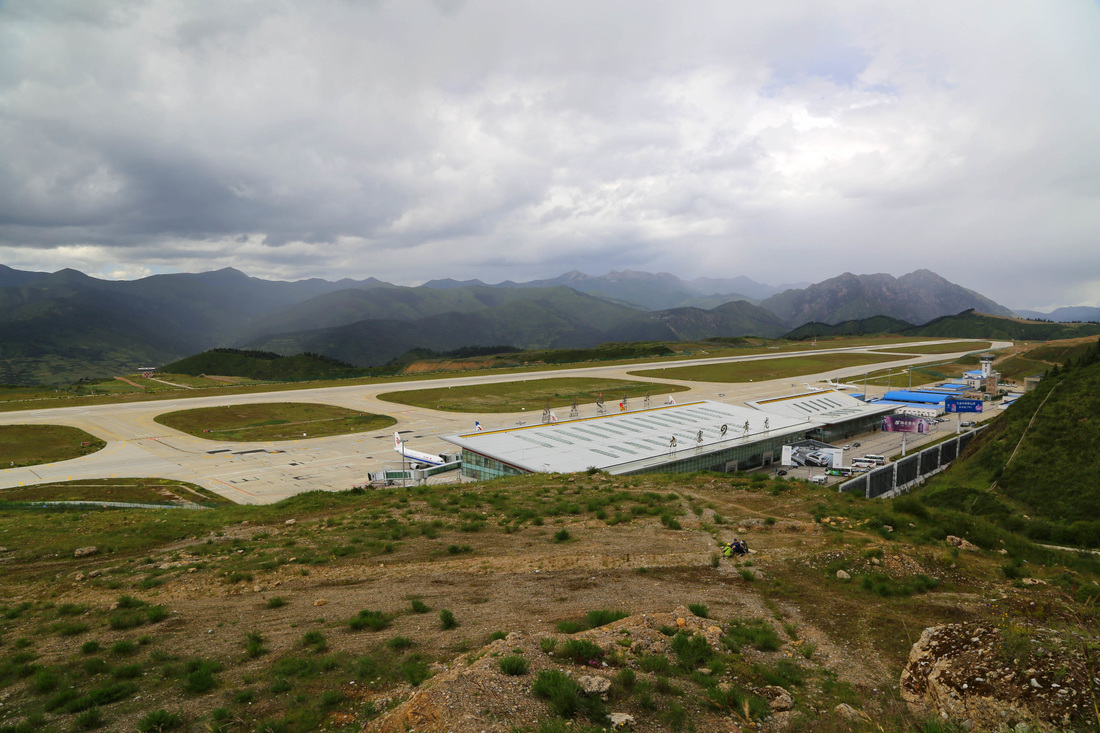
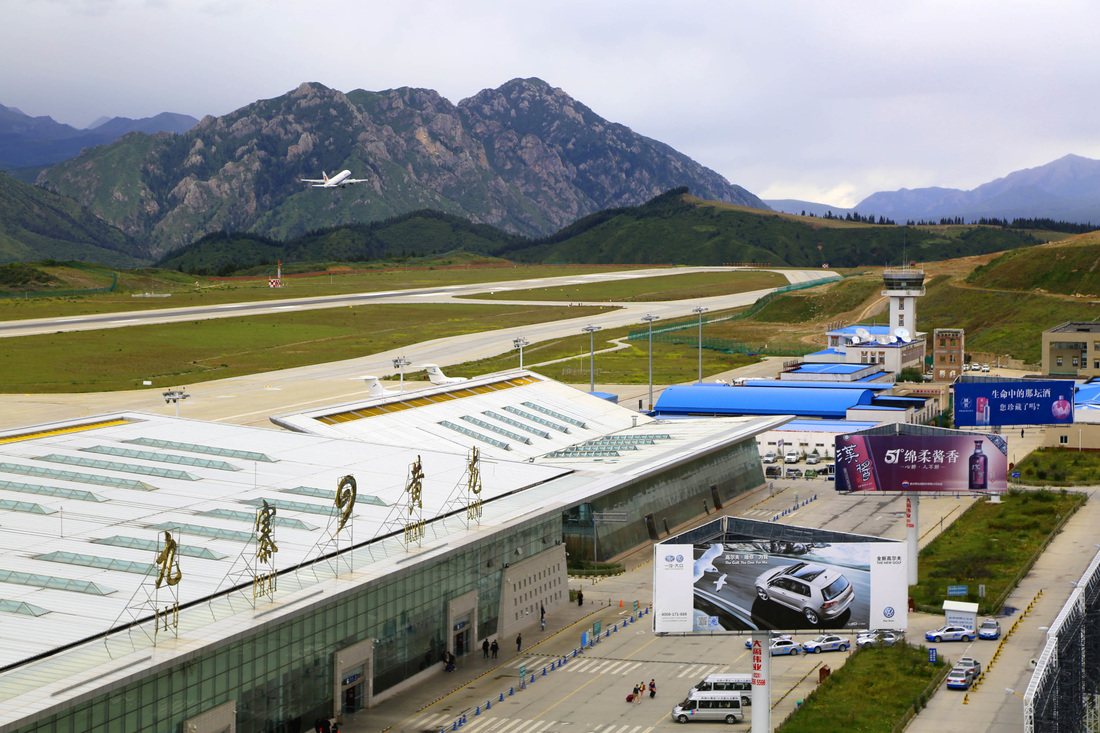





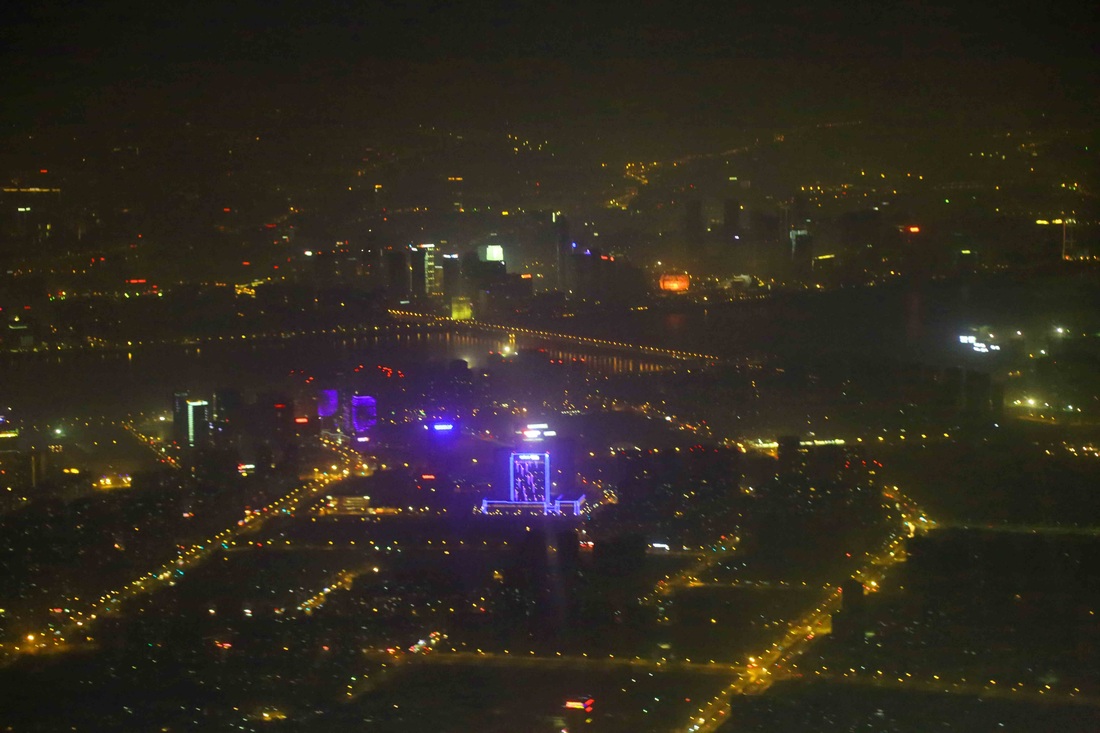

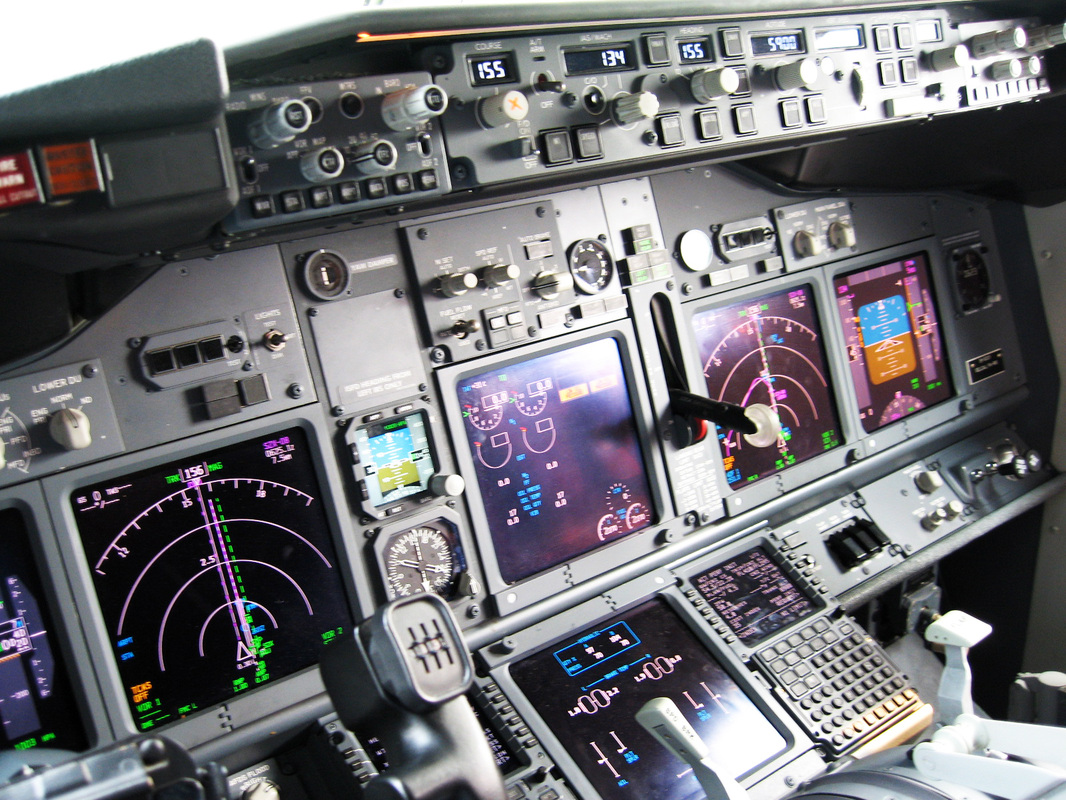


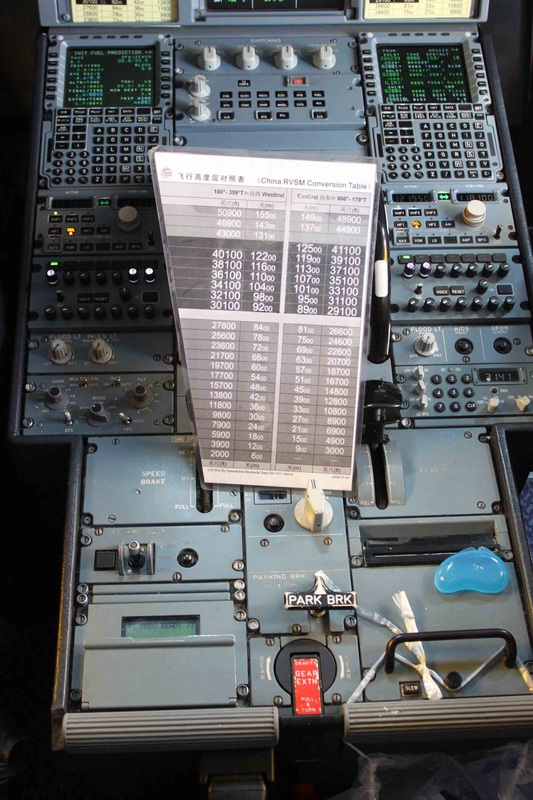










 RSS Feed
RSS Feed







